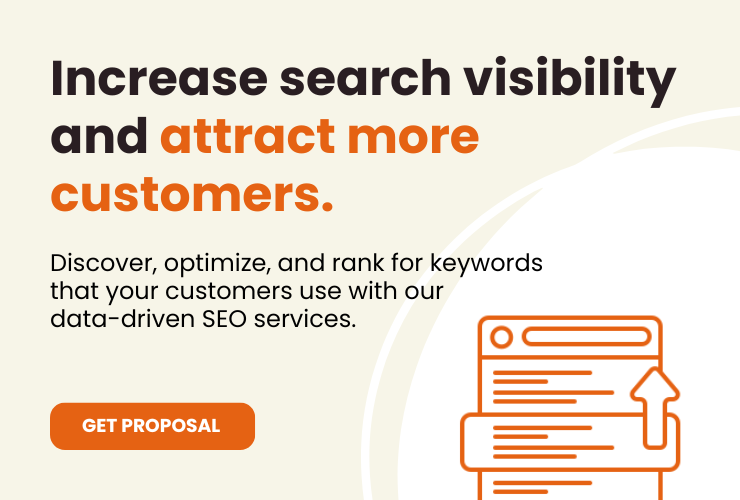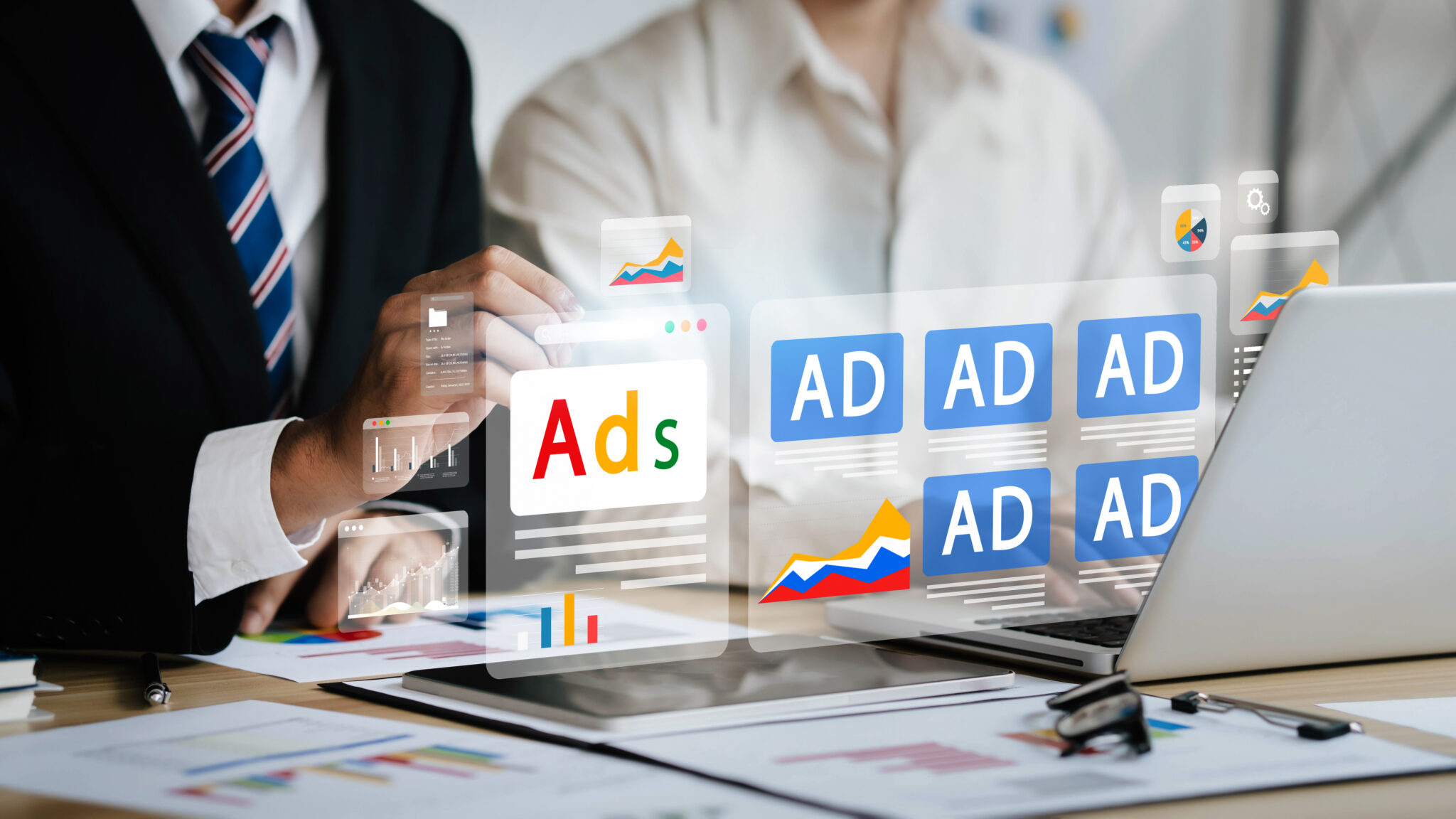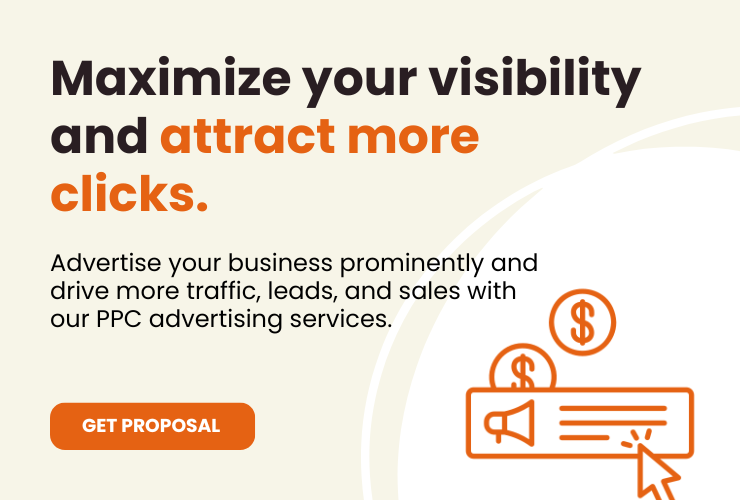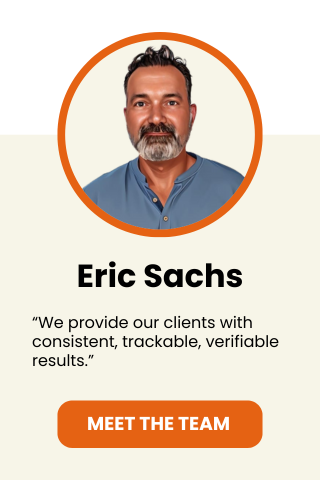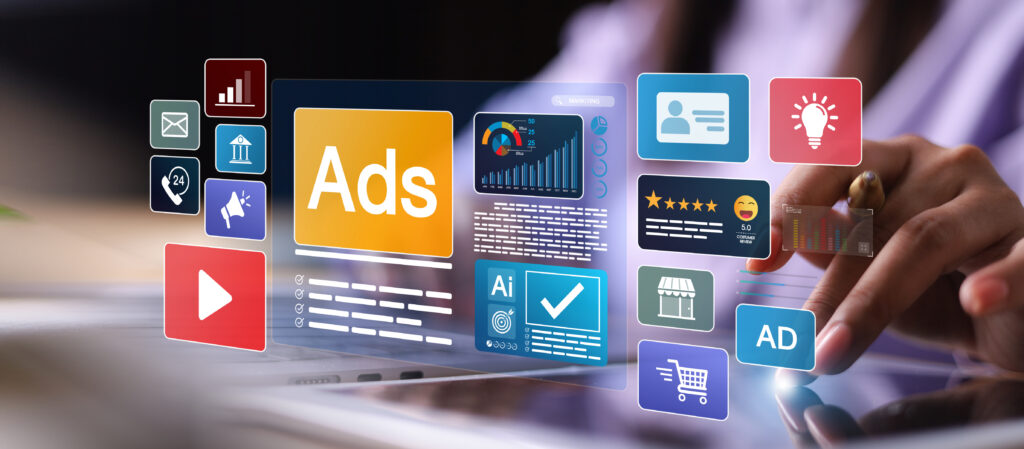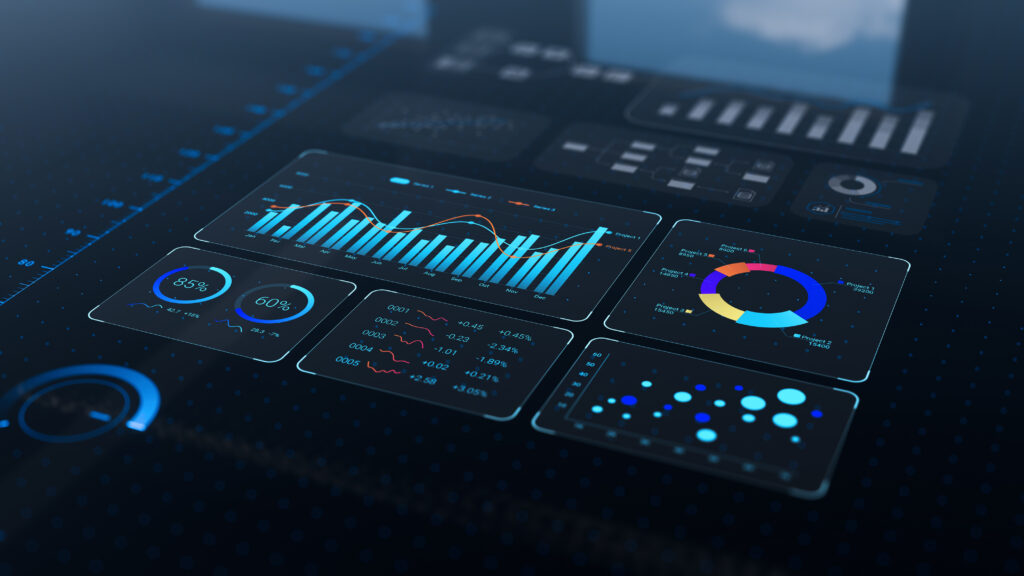Overview
Navigating the Noise
The digital marketing world is undergoing a seismic shift.
With the rollout of Google’s AI Overviews (AIOs) now appearing in over 16% of U.S. search queries—up from just 7.6% a few months ago (Ahrefs, AI Overview Growth, 2025)—and platforms like ChatGPT and Perplexity offering AI-generated answers with growing visibility, it’s no surprise that clients and marketers alike are asking: Is this the end of traditional SEO as we know it?
At the same time, new reports and case studies are flooding the industry with speculative insights about “ranking in ChatGPT,” entity SEO, and declining click-through rates—even when page rankings haven’t dropped (Ahrefs, AI Overview Brand Visibility Factors, 2025). This creates a challenging environment: one where headlines scream disruption, but actionable guidance remains limited and often contradictory.
As a digital marketing agency, we understand the confusion that arises. But here’s our position: we’re not here to chase trends—we’re here to guide strategy.
That means watching these developments closely, testing where appropriate, and advising our clients based on what has proven effective, not just what is new. We believe that real leadership in digital marketing means striking a balance between innovation and strategic discipline. And that’s exactly what we intend to do.
What AI Overviews Are Actually Changing (and What They’re Not)
Since Google’s March 2025 Core Update, AI Overviews (AIOs) have expanded rapidly, now appearing in 16.48% of all U.S. keyword searches, more than doubling from 7.6% earlier in the year (Ahrefs, 2025).
This growth has altered how users interact with search results, even when traditional rankings remain unchanged. In fact, pages that still hold the **#1 organic position have seen an average 34.5% drop in click-through rates, indicating that AIOs are intercepting user intent before it translates into a site visit (Ahrefs, 2025).
This shift isn’t just about where you rank—it’s about whether you’re visible in AI-generated answers at all. Recent analysis of 75,000 brands has shown that traditional SEO signals, such as backlinks and domain authority, play a minor role in AI Overview visibility than previously assumed. Instead, the strongest correlations were with branded web mentions (0.664), branded anchor text (0.527), and branded search volume (0.392) (Ahrefs, 2025).
In short, Google is evolving from a link-based index to a language model-driven system, where being talked about across the web matters more than what’s written on your site. This represents a shift in visibility, not yet a ranking revolution. If your brand isn’t part of the broader conversation – across PR mentions, forums, social media, and third-party citations – it likely won’t show up in AI Overviews, regardless of your traditional SEO strength.
LLM Search and “Ranking” in Tools Like ChatGPT and Perplexity
Large language model (LLM) platforms, such as ChatGPT, Perplexity, and others, are beginning to surface new types of answers in response to search-like queries, creating buzz around the idea of “ranking” within AI-generated responses. This shift has introduced a new discipline known as Answer Engine Optimization (AEO).
AEO is the process of optimizing your content and brand visibility for inclusion in AI-generated answers, particularly in platforms that aim to summarize information or deliver direct responses without requiring users to click through to a source. Unlike traditional SEO, which targets ranked placement on a page, AEO focuses on entity recognition, relevance scoring, and appearing as a cited or inferred source in AI outputs, often without a direct link.
However, despite the increasing visibility of AEO-style placements, there is currently no reliable correlation between appearing in these results and driving measurable traffic or conversions.
Critically, most LLM tools do not currently provide consistent attribution, meaning even when your content is cited, it’s often unclear where the credit goes, or whether users follow up on it. As Ahrefs notes, the utility of these appearances is limited when there’s no clear path back to your site or brand (Ahrefs, AI Content Marketing 101).
While tools are beginning to experiment with “source-aware” responses (like Perplexity’s citations), the commercial impact remains speculative. Many of the “LLM ranking” insights circulating in the industry are in their early stages, with limited real-world implications for strategy and policy. Currently, these placements serve more as indicators of topical relevance than actual marketing successes.
That’s why our agency is taking a balanced approach. We’re monitoring emerging platforms, testing where we can, but not overreacting. We’re not rebuilding campaigns based on experimental ranking systems—we’re grounding decisions in data, user behavior, and performance-driven metrics that matter.
Impacts on Google Ads: P-Max and AI-Generated Results
AI-generated search experiences and Google’s aggressive push toward automation are reshaping the role of paid media, especially through tools like Performance Max (P-Max).
As AI Overviews claim more space in SERPs, click-through rates on both organic and paid results have declined. This means fewer total ad clicks, but the users who do click are often showing stronger intent. The game is changing from volume to quality.
Performance Max campaigns, powered by Google’s machine learning, offer a response to this shift. By running ads across all Google properties (Search, YouTube, Gmail, Discover, Display, and Maps), P-Max leverages AI to place ads where they’re most likely to convert, regardless of where the user journey starts.
But while reach and efficiency have grown, transparency has decreased. Advertisers now face a balancing act:
Strategic Input
Campaign success increasingly depends on high-quality audience signals, creative variety, and clear conversion goals.
Measurement Gaps
As AI Overviews disrupt user paths and privacy changes obscure attribution, it becomes harder to track what is truly driving performance.
Brand Visibility
Ads are most effective when paired with strong brand recognition, especially as AI systems favor established entities in their summaries.
Smart advertisers are adapting by combining the reach of P-Max with disciplined oversight, which includes rigorously testing creative assets, setting custom conversion actions, and layering brand-building initiatives across video and display.
In short: Google Ads isn’t going away. But the advertisers who succeed will be those who evolve alongside it, blending automation with strategy, and brand with performance.
Our Strategic Position: Smart SEO + Strong Brands Will Win
SEO today is no longer just about keywords and backlinks—it’s about building a brand that earns recognition across the web.
As AI Overviews and large language models (LLM) search interfaces reshape how information is surfaced, Google is shifting from a traditional link index to an entity-driven ecosystem. That means visibility increasingly depends on how often and how meaningfully your brand is mentioned, not just how well your site is optimized.
We’re evolving our strategy to prioritize branded mentions, digital PR, and content that gets cited, not just crawled. Our campaigns integrate these off-site brand signals with strong on-site fundamentals, including technical SEO, UX, and evergreen content planning. These foundational elements still matter more than ever – they ensure the content we publish today has the staying power to earn visibility tomorrow.
Smart SEO is no longer about chasing short-term rankings; it’s about building long-term relevance that AI systems can recognize, trust, and amplify.
What Clients Should Expect From Us
At Sachs Marketing Group, we believe in ongoing updates, not overreactions. The rise of AI, LLM-generated search experiences, and evolving ad formats, such as Google’s Performance Max, represent fundamental shifts in how users engage with digital content.
Still, they don’t warrant knee-jerk strategy changes. Instead, clients can expect a steady, informed approach. We’re actively testing new features, tracking performance patterns, and analyzing visibility shifts as they develop, while continuing to report transparently on what we learn.
Our strategy recommendations are grounded in evidence, not industry buzz. And if the landscape does demand real pivots, whether in SEO, content, or paid media, we’ll communicate those shifts clearly, proactively, and with your long-term goals in mind.
Staying Ahead Without Losing Focus
AI will continue to evolve, and so will search.
At Sachs Marketing Group, we’re committed to helping our clients navigate these changes with clarity, confidence, and a proven strategy, all while maintaining focus on what actually drives results.
We believe in optimizing for humans first, algorithms second. When you do that, AI visibility tends to follow.
If you’re an existing client and would like to discuss how these shifts may impact your campaign, please reach out to your account team, we’re here to support you.
If you’re exploring digital marketing support during this volatile time in SEO and PPC, contact us today to strengthen your presence and get ahead of the curve.
Contact us today to get the conversation started!

